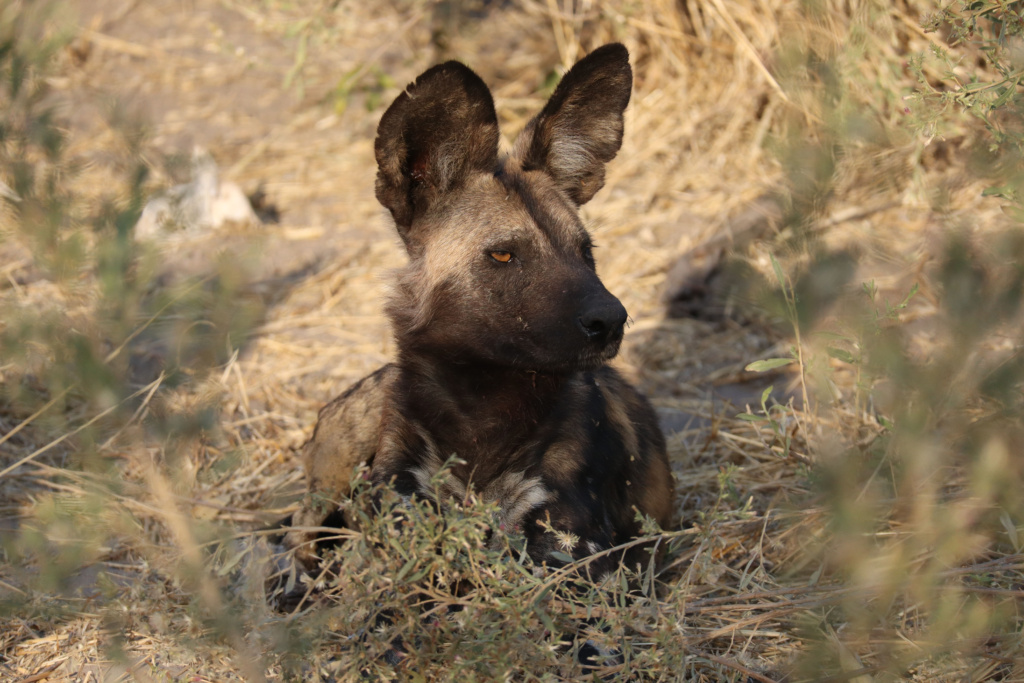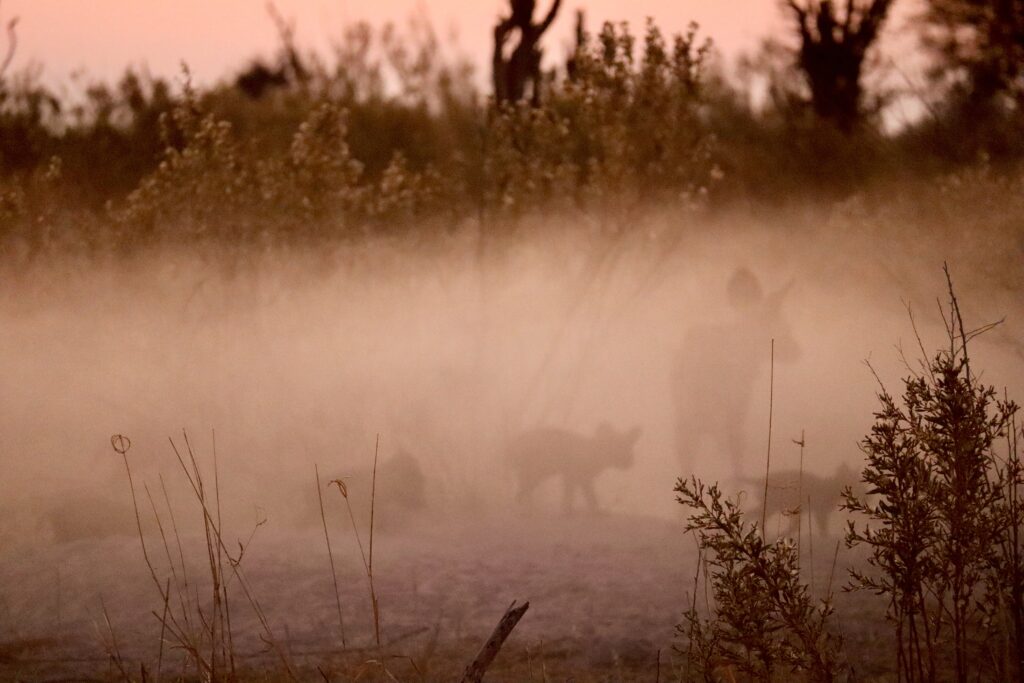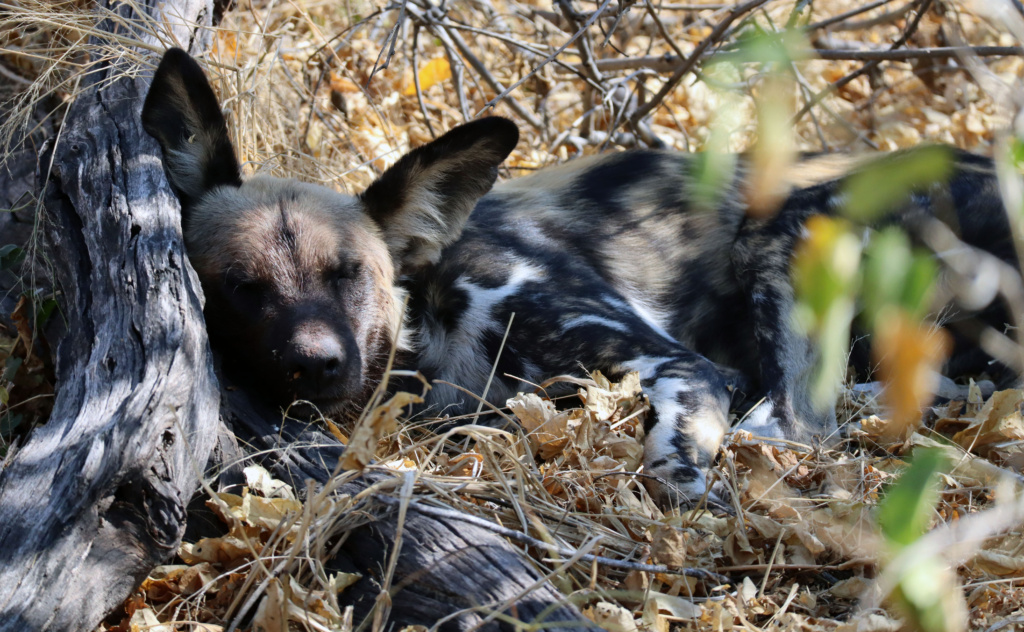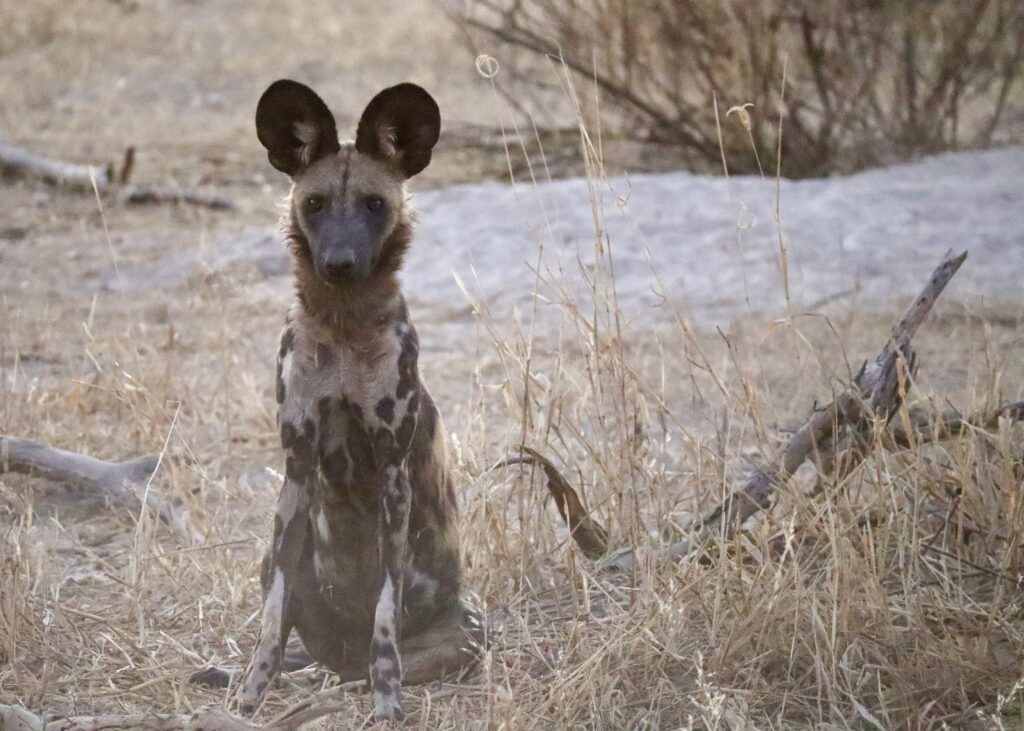Happy World African Wild Dog Day! While most people know the Center for Ecosystem Sentinels for our work on penguins, we also research African Wild Dogs. In fact, Dr. Kasim Rafiq and graduate students Leigh West and Marie-Pier Poulin are just returning from Botswana right now! As usual, they worked alongside our collaborators from Botswana Predator Conservation over the summer.
Marie-Pier, one Dr. Briana Abrahms’s new graduate students, wrote this about her first encounters with wild dogs –
My first encounters with African wild dogs left me in awe, not only of their striking appearance – marked by large round ears and uniquely patterned coats – but also of their incredibly social behavior. Living in close-knit packs, they often huddle together in the sparse shade of mopane trees during the heat of the day, only to spring into action with a chorus of vocalizations and sneezes as they rally for a hunt. Their strong bonds and complex social dynamics – further highlighted by food-sharing, babysitting at the den, and collective care of pups – and their resilience in the face of many challenges make them truly fascinating animals.
Want to help further our research? Donate to the our Wildlife Ecology and Global Change Fund, or to our collaborators at Botswana Predator Conservation.
Check out some of our student-made videos to learn more about these wonderful animals:
Habitat destruction, disease, and human persecution – the African wild dog has faced many struggles throughout its history. Spend an evening with an African wild dog pack and see what they find for dinner.
Student: Lane Shish
Quarter: Spring 2015
Central Africa is home to many of the world’s iconic species, including the endangered African wild dog. Learn more about the cooperative life of African wild dogs and threats to their existence.
Student: Shree Mehta
Quarter: Spring 2018
We’ve written about our research too. Check out our African Wild Dog page and our latest papers about African Wild Dogs:
-
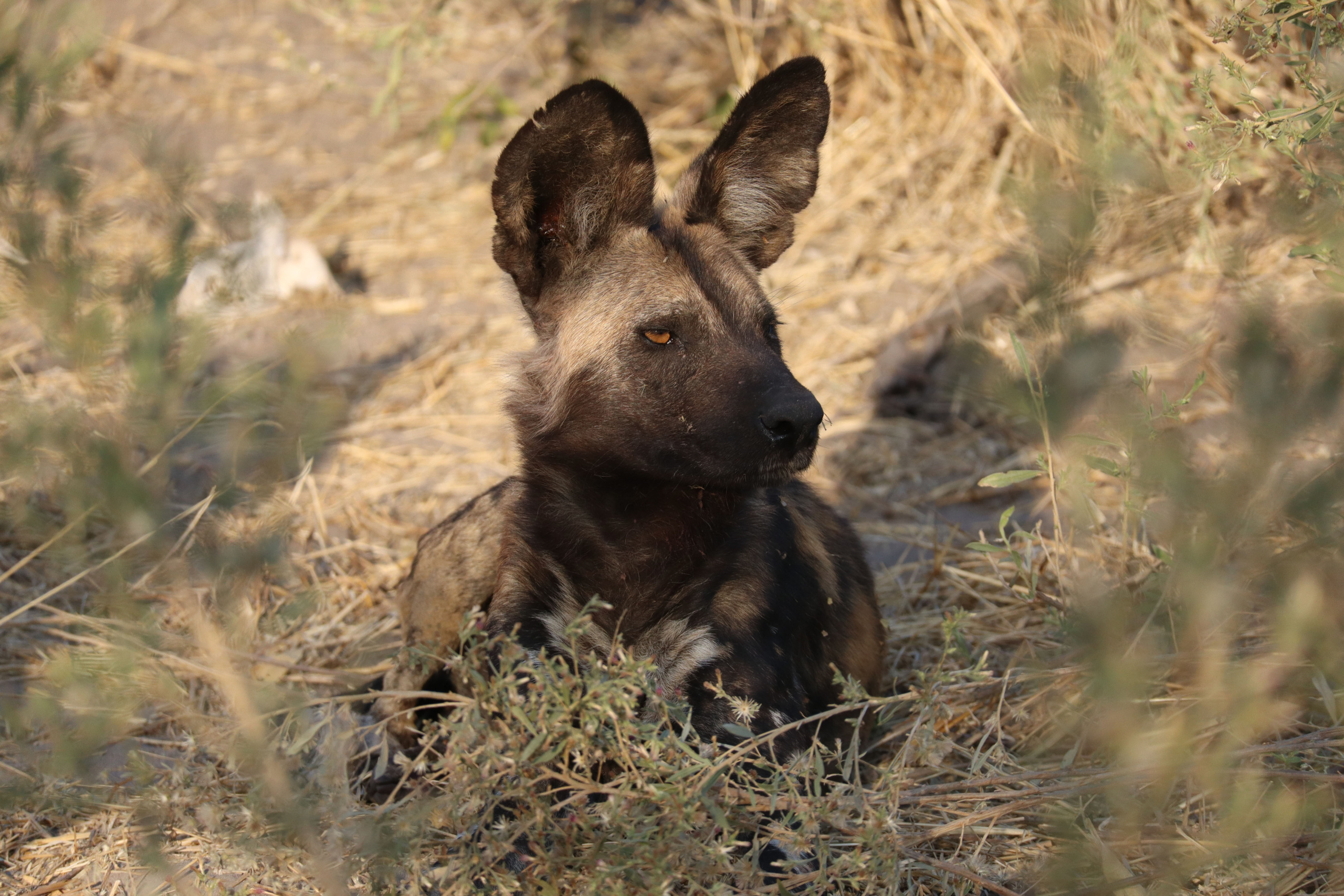
Intraguild competition mediates human avoidance in an endangered African large carnivore
-

Droughts reshape apex predator space use and intraguild overlap
-
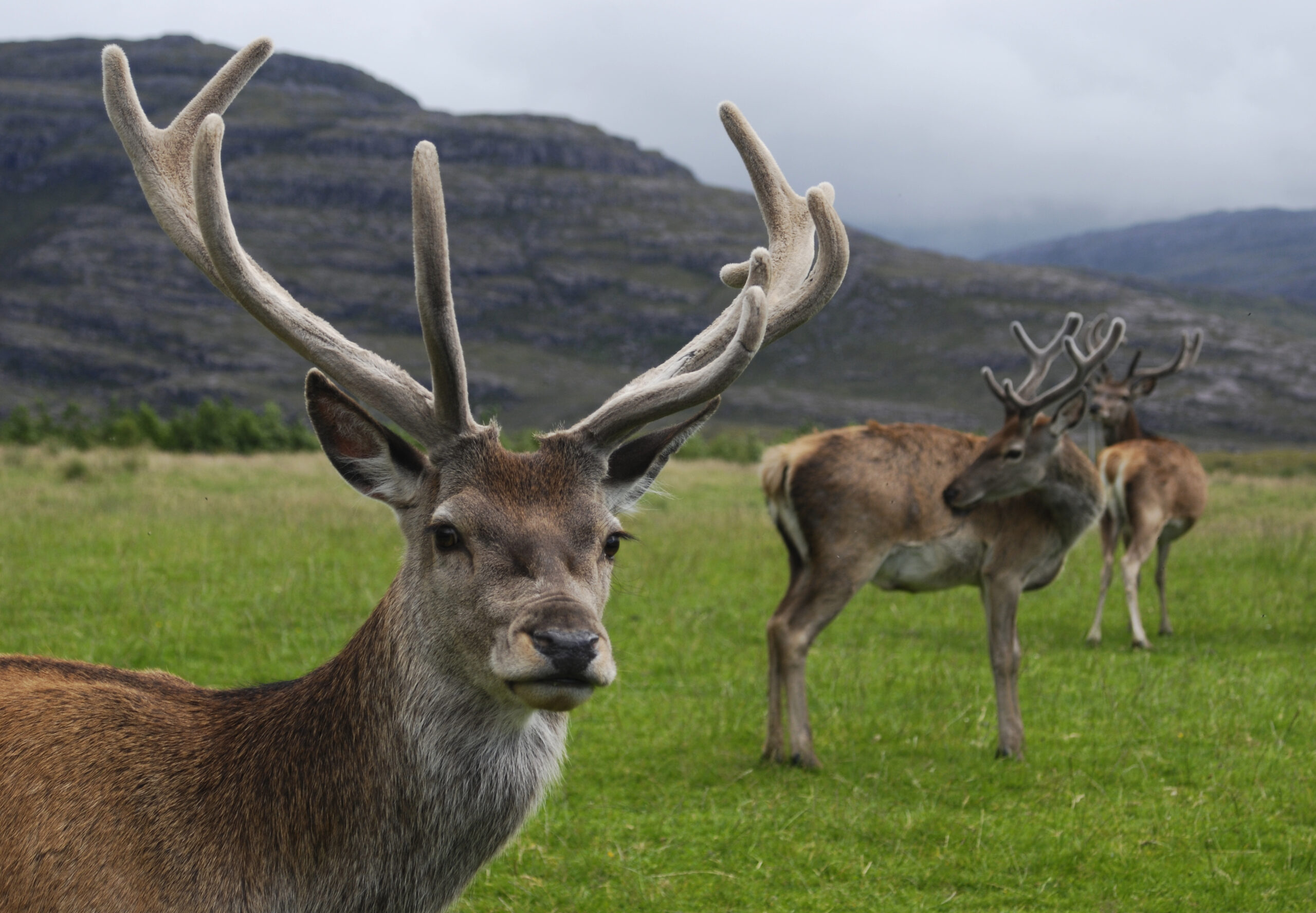
Scale at the interface of spatial and social ecology
-

Ecosystem Sentinels as Early-Warning Indicators in the Anthropocene
Last but not least – look at these amazing photos from the field (Photo credit: Leigh West):
